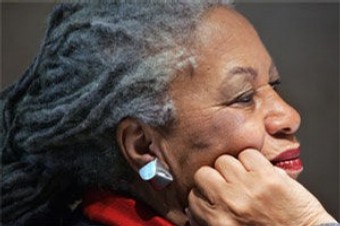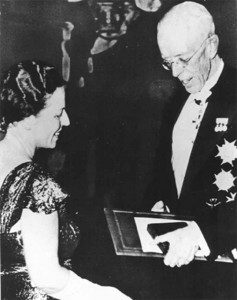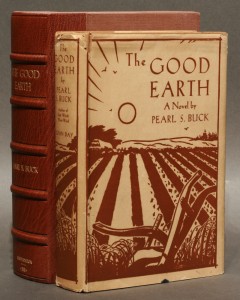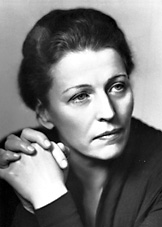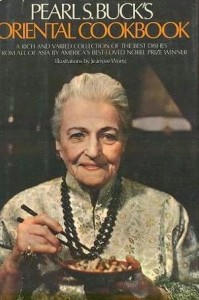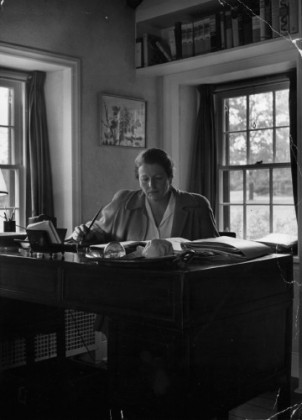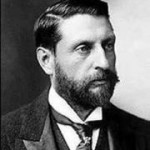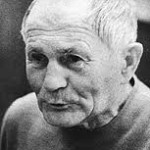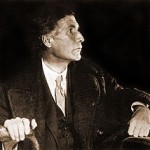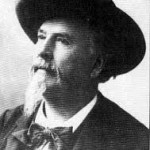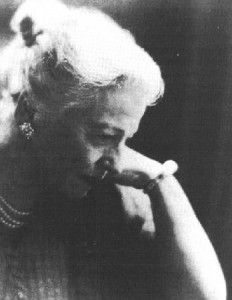In 1992 I graduated from college and began working in a bookstore (Considering the way of Borders, this may one day become a point of nostalgia, like my great grandfather working as a trolly car conductor.). Toni Morrison published Jazz that year, so I used my employee’s discountlet and, as with each of her previous novels, ate up the pages. My heart beat slightly faster – don’t plead ignorance of the feeling, I know you know it – as I opened to the first page and discovered those first sentences:
Sth, I know that woman. She used to live with a flock of birds on Lenox Avenue. Know her husband, too. He fell for an eighteen-year-old girl with one of those deepdown, spooky loves that made him so sad and happy he shot her just to keep the feeling going. When the woman, her name is Violet, went to the funeral to see the girl and to cut her dead face they threw her to the floor and out of the church. She ran, then, through all that snow, and when she got back to her apartment she took the birds from their cages and set them out the windows to freeze or fly, including the parrot that said, “I love you.”
This was the Toni Morrison I knew and loved, writing books like Beethoven wrote sonatas, holograming the entire work into the opening measures. I continued loving her as I turned each subsequent page, loved her as my bewilderment mounted, loved her through those lyric interludes:
…But there is nothing to beat what the City can make of a nightsky. It can empty itself of surface, and more like the ocean than the ocean itself, go deep, starless. Close up on the tops of buildings, near, nearer than the cap you are wearing, such a citysky presses and retreats, presses and retreats, making me think of the free but but illegal love of sweethearts before they are discovered….
loved her even as my bewilderment turned to bafflement so that by the end I had no idea what I had just read. It seemed she had set for me a riddle, like Princess Turandot, and, alas I was not to be her Calaf. I still loved her, or said so while idly rubbing my vulnerable neck, but there was no denying the fact that I had been decidedly chastened.
Then she won the Nobel Prize.
When Paradise came out in 1997, I decided I would not read it until I had read all her previous novels again (My inner Puritan lives for this kind of arbitrary injunction.). As a result, I never got around to reading it. Reason being, it was about this time that I tried to get serious about being a writer myself. All my reading had accumulated in what amounted to a literary bladder that most desperately needed easing. The solution, I thought, was to try to be a novelist myself. I started one project after another, grinding out words in a notebook, thinking this was the morally upright way to go about it, never getting past about thirty torturous pages. I read The Bluest Eye, then Sula, then had to stop. I found her voice too strong, too monumental. Trying to write while reading Toni Morrison was like trying to sleep in a hot, airless apartment with Charlie Parker blasting above my head. Out of defense, I decided to agree with those critics who found her writing “sententious”, “operatic”, “self-conscious”, “self-important”, “heavy-handed.” I began to read other writers, like Alice Monro and William Trevor, great writers whose plain, condensed prose can be many-hued, but never purple. I remember resorting books on my shelf and coming across Jazz. I opened again to the first page. “Sth, yourself,” I said, and put it where it belonged.
But this pose of disdain was struck precariously over the memory of the unalloyed pleasure I had while first learning to untangle Beloved. The spontaneous delight, as taken in shooting stars or a Baryshnikov jette, that accompanied the reading of each subsequent book, (save, perhaps, Tar Baby, which seemed uncharacteristic) had not gone anywhere. Which meant I always secretly suspected her detractors, myself included, of a kind of prudery. Or, or perhaps, bald envy.

